Is This a New Bull Market? Or the Same Old Bear?
The rally since March has been historic, but it still needs to prove itself.

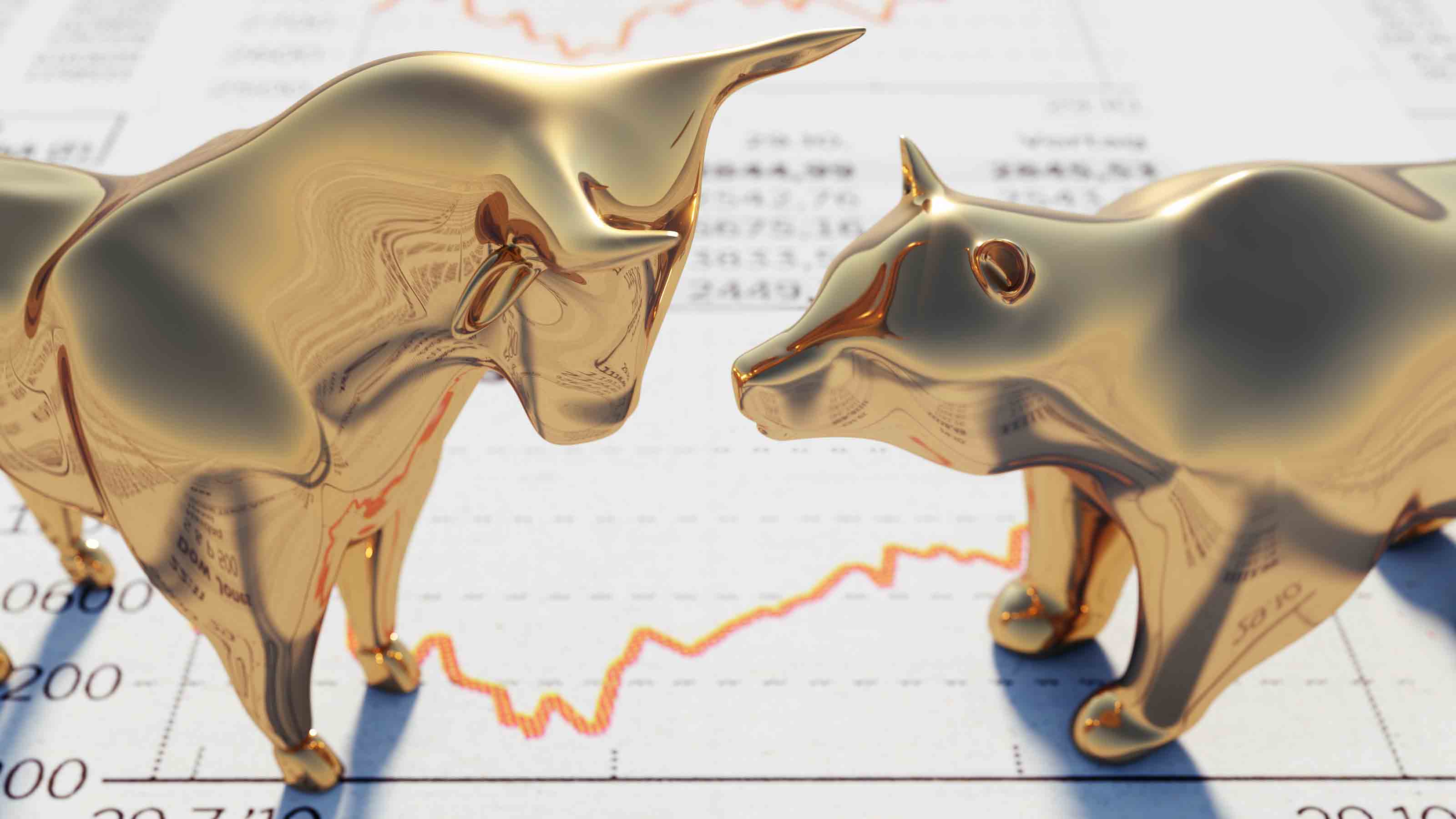
Stocks have rallied so sharply in the past few months that it prompts a question: Are we in a new bull market? With the S&P 500 index up 36% since its March 23 low through mid June, the answer seems an obvious yes. And yet, plenty of veteran Wall Streeters say the bull isn’t official yet, and we’ve seen some cracks in the rally.
Conventional wisdom says stocks are in a bull market once they’re up at least 20% from the market’s low. (A bear market is typically thought of as a 20% drop from the high.) But given that bear markets are often punctuated by powerful rallies that ultimately fade, it’s important to add a time element to a bull-market assessment. Sam Stovall, the chief investment strategist at investment research firm CFRA, defines a bull market as a gain of at least 20% plus a span of six months without the market undercutting its prior low.
Official or not, however, Stovall is a bull. CFRA’s 12-month target for the S&P 500 is 3435, 13% higher than its June 12 close. “I think the March 23 low will eventually be regarded as the start of the new bull market,” says Stovall. “The reason for my optimism is the massive amount of stimulus” injected into the market and the economy by the Federal Reserve and Congress. CFRA is most bullish on the communication services, health care and information technology sectors.
From just $107.88 $24.99 for Kiplinger Personal Finance
Become a smarter, better informed investor. Subscribe from just $107.88 $24.99, plus get up to 4 Special Issues

Sign up for Kiplinger’s Free Newsletters
Profit and prosper with the best of expert advice on investing, taxes, retirement, personal finance and more - straight to your e-mail.
Profit and prosper with the best of expert advice - straight to your e-mail.
Doug Ramsey, chief investment officer and portfolio manager at the Leuthold Group, remains dubious. “The current rally is either the first up-leg of a new bull market or the second-largest bear-market rally in the past 125 years,” he says. On the one hand, you’ve got unprecedented monetary and fiscal stimulus. On the other hand, says Ramsey, price-earnings multiples at the market’s March low remained much higher than in other post-WWII market troughs, making it the priciest bear-market low in history—if it stands. “I still think there’s a chance we could break below those lows,” he says. “I’m trying to look at the glass as half-full, but how can we embark on a multiyear bull market when we’re at valuations that are so much higher than what they were at the same stage of the last bull market?”
A close above the 3386 level for the S&P 500, eclipsing its February high, would settle the question of bull-market status. But investors who wait for that will have missed out on a 50% gain. Conversely, “even if you’re very confident that a new bull market has begun, that doesn’t mean you can’t lose serious money from here,” Ramsey says.
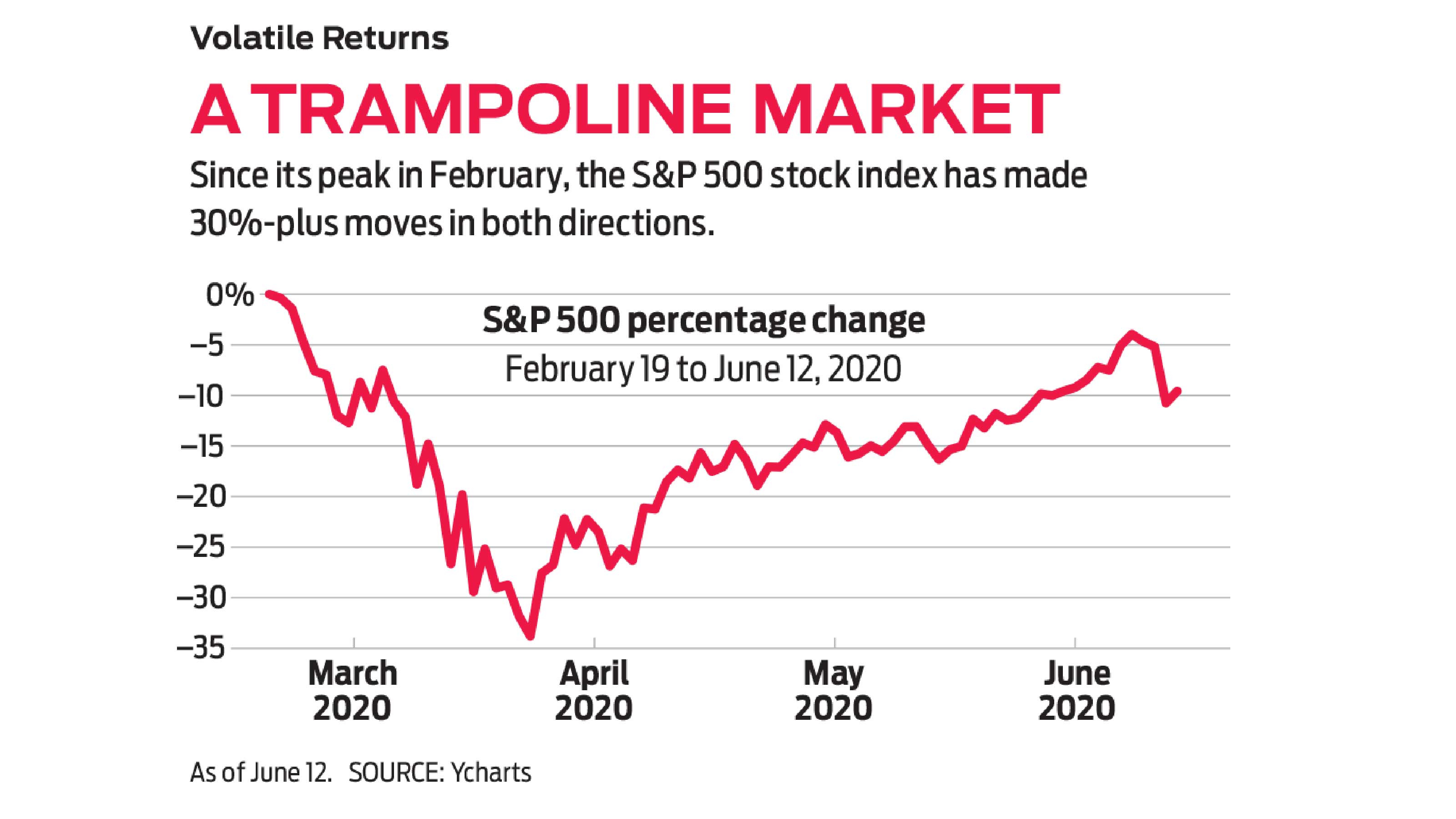
Stay in the game. The debate makes clear that trying to time your investments to coincide with market tops and bottoms is rarely the best strategy. Keeping your portfolio aligned with your age and stage in life, with more-frequent rebalancing in volatile markets, is a better way to reap more-consistent rewards.
It’s also important to remember that even young bulls need an occasional breather. It took only 50 trading days for the S&P 500 to climb nearly 40% from its March low—the biggest 50-day surge since the 1950s, eclipsing the lightning-fast start of the 1982 bull market. That’s a good sign, says senior market strategist Ryan Detrick at investment firm LPL Financial. He says stock prices could be higher this time next year. More immediately, the market looks a little frothy. “We have near-term worries given this historic run,” he says.
Don’t be surprised by more volatility—a hallmark of both the bull and bear aspects of this market. As Detrick reminds us: “There are no roller coasters that can replicate what stocks have done so far in 2020.”
Profit and prosper with the best of Kiplinger's advice on investing, taxes, retirement, personal finance and much more. Delivered daily. Enter your email in the box and click Sign Me Up.

Anne Kates Smith brings Wall Street to Main Street, with decades of experience covering investments and personal finance for real people trying to navigate fast-changing markets, preserve financial security or plan for the future. She oversees the magazine's investing coverage, authors Kiplinger’s biannual stock-market outlooks and writes the "Your Mind and Your Money" column, a take on behavioral finance and how investors can get out of their own way. Smith began her journalism career as a writer and columnist for USA Today. Prior to joining Kiplinger, she was a senior editor at U.S. News & World Report and a contributing columnist for TheStreet. Smith is a graduate of St. John's College in Annapolis, Md., the third-oldest college in America.
-
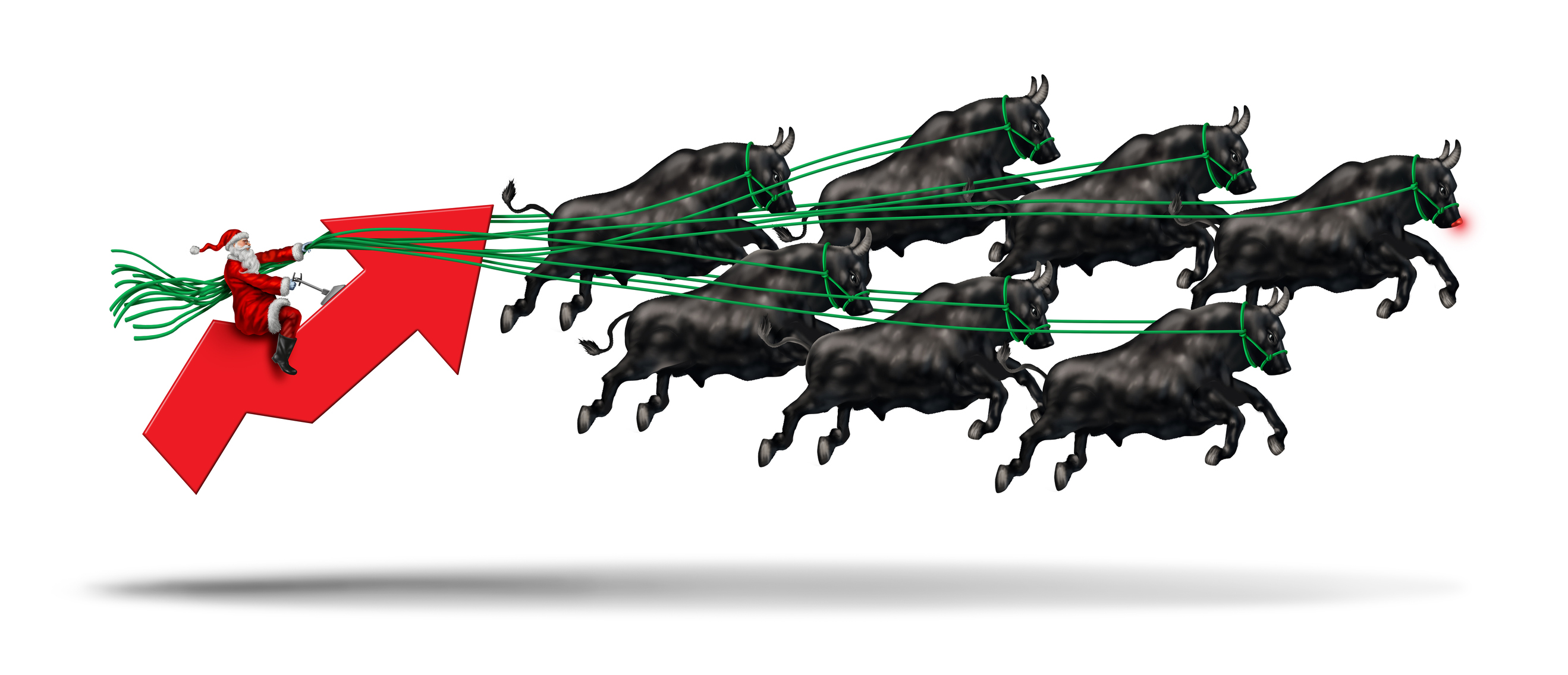 The Santa Claus Rally Officially Begins: Stock Market Today
The Santa Claus Rally Officially Begins: Stock Market TodayThe Santa Claus Rally is officially on as of Wednesday's closing bell, and initial returns are positive.
-
 How to Leave Different Amounts to Adult Children Without Causing a Rift
How to Leave Different Amounts to Adult Children Without Causing a RiftHere’s how to leave different amounts to adult children without causing a family rift.
-
 My Retirement Learning Curve, 1 Year In
My Retirement Learning Curve, 1 Year InA retiree checks in with what they wish they knew early on and what they've changed about their plan one year in.
-
 If You'd Put $1,000 Into Coca-Cola Stock 20 Years Ago, Here's What You'd Have Today
If You'd Put $1,000 Into Coca-Cola Stock 20 Years Ago, Here's What You'd Have TodayEven with its reliable dividend growth and generous stock buybacks, Coca-Cola has underperformed the broad market in the long term.
-
 What Fed Rate Cuts Mean For Fixed-Income Investors
What Fed Rate Cuts Mean For Fixed-Income InvestorsThe Fed's rate-cutting campaign has the fixed-income market set for an encore of Q4 2024.
-
 If You Put $1,000 into Qualcomm Stock 20 Years Ago, Here's What You Would Have Today
If You Put $1,000 into Qualcomm Stock 20 Years Ago, Here's What You Would Have TodayQualcomm stock has been a big disappointment for truly long-term investors.
-
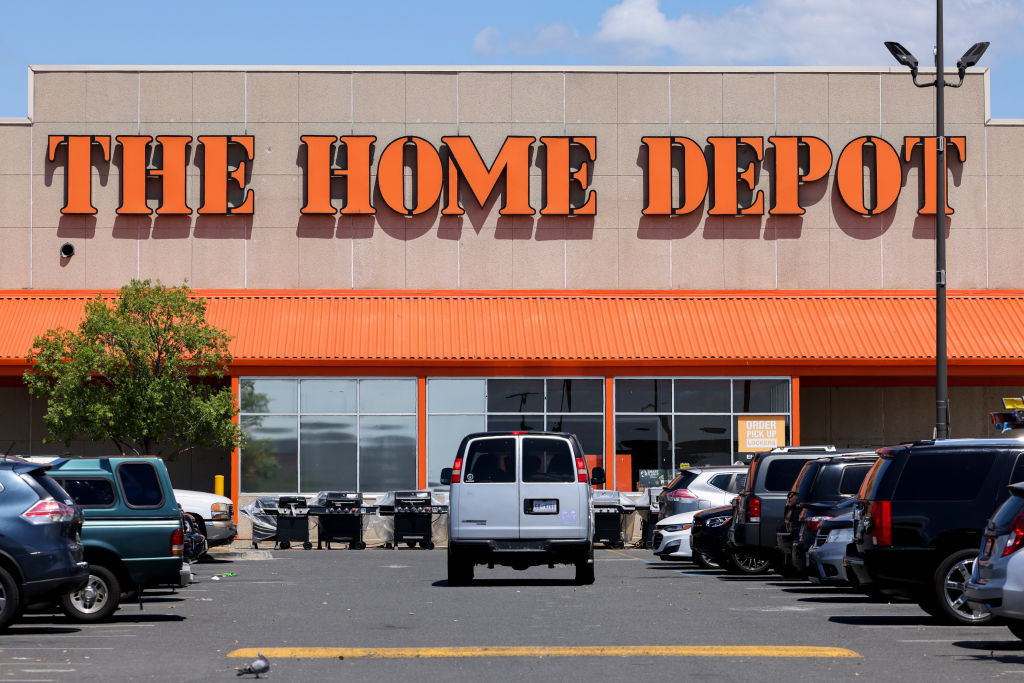 If You'd Put $1,000 Into Home Depot Stock 20 Years Ago, Here's What You'd Have Today
If You'd Put $1,000 Into Home Depot Stock 20 Years Ago, Here's What You'd Have TodayHome Depot stock has been a buy-and-hold banger for truly long-term investors.
-
 What the Rich Know About Investing That You Don't
What the Rich Know About Investing That You Don'tPeople like Warren Buffett become people like Warren Buffett by following basic rules and being disciplined. Here's how to accumulate real wealth.
-
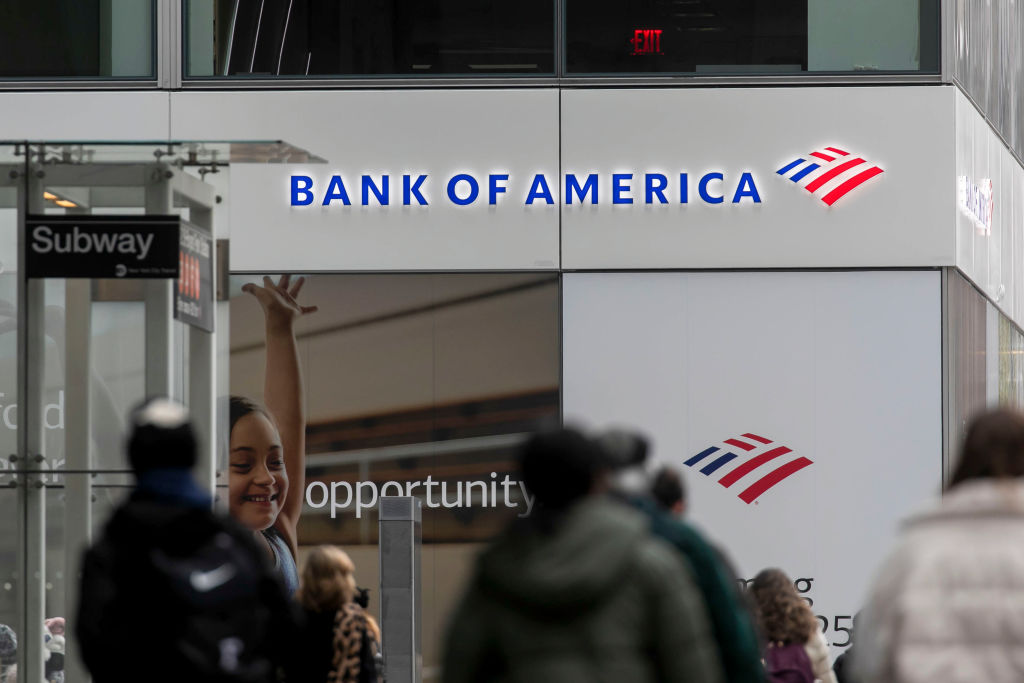 If You'd Put $1,000 Into Bank of America Stock 20 Years Ago, Here's What You'd Have Today
If You'd Put $1,000 Into Bank of America Stock 20 Years Ago, Here's What You'd Have TodayBank of America stock has been a massive buy-and-hold bust.
-

 If You'd Put $1,000 Into Oracle Stock 20 Years Ago, Here's What You'd Have Today
If You'd Put $1,000 Into Oracle Stock 20 Years Ago, Here's What You'd Have TodayORCL Oracle stock has been an outstanding buy-and-hold bet for decades.
-
 How to Invest for Rising Data Integrity Risk
How to Invest for Rising Data Integrity RiskAmid a broad assault on venerable institutions, President Trump has targeted agencies responsible for data critical to markets. How should investors respond?